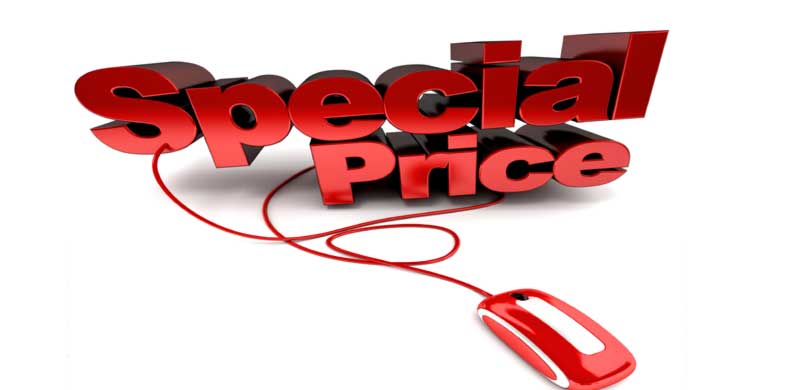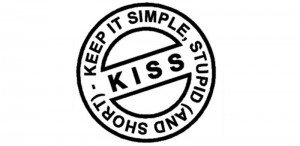 A writer friend of mind told me that when she is considering her next novel, she starts with one question: “What if?” What if a Southern Belle played flirty with a handsome Southern gentleman during the Civil War? Or, what if a widower found a letter in a bottle from his long lost love? And, from that, classics are born.
A writer friend of mind told me that when she is considering her next novel, she starts with one question: “What if?” What if a Southern Belle played flirty with a handsome Southern gentleman during the Civil War? Or, what if a widower found a letter in a bottle from his long lost love? And, from that, classics are born.
Asking simple questions can lead to big things. [Read more…]
 I was searching for a marketing professional recently to do some work on my company’s website. The promises made on some of these professional sites seem to promise the moon, or at least “number 1 on Google in record time.” Things like that.
I was searching for a marketing professional recently to do some work on my company’s website. The promises made on some of these professional sites seem to promise the moon, or at least “number 1 on Google in record time.” Things like that. Rethinking Pricing
Rethinking Pricing So much for the simple “Good Ol’ Days…”
So much for the simple “Good Ol’ Days…”


 A few weeks ago, a client and I were discussing how to improve a business presentation because he thought the material was over some of the participants’ head. He insisted on including as much content as possible. He failed to realize that too much information can lead to failure.
A few weeks ago, a client and I were discussing how to improve a business presentation because he thought the material was over some of the participants’ head. He insisted on including as much content as possible. He failed to realize that too much information can lead to failure. Market Research Overview
Market Research Overview


 Are You Really an Entrepreneur?
Are You Really an Entrepreneur?